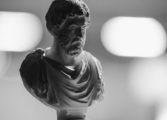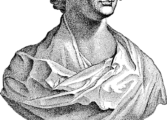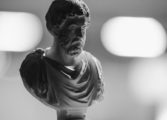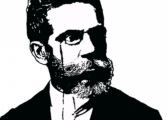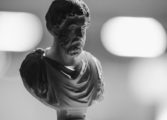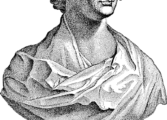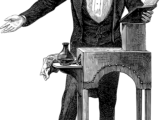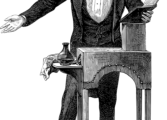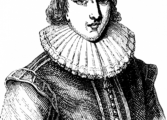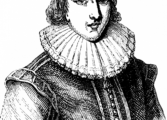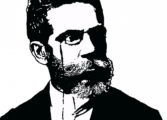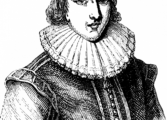Edgar Allan Poes poem The Raven is widely regarded as one of his most famous and influential works

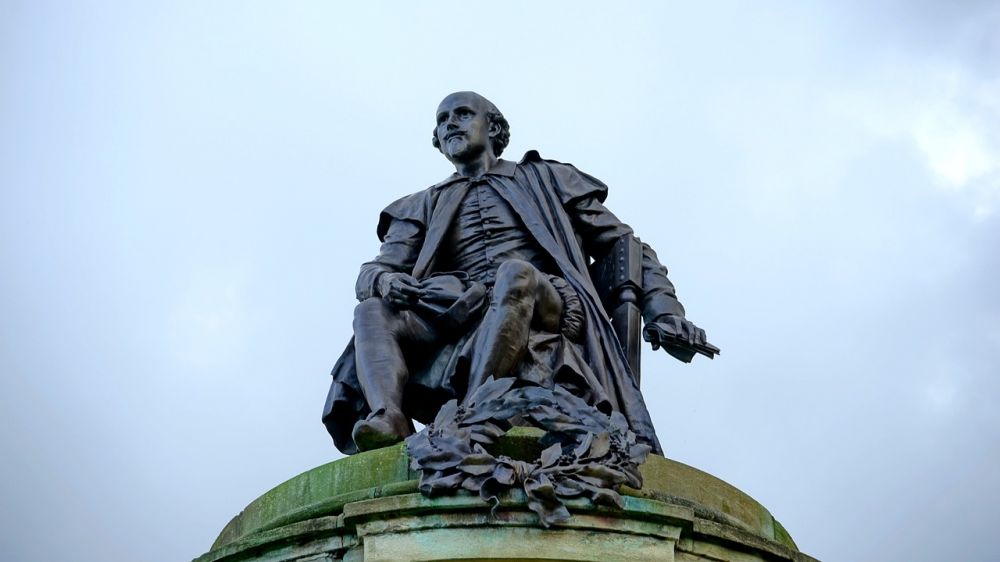
First published in 1845, this dark and haunting narrative poem has captivated readers for generations with its themes of grief, loss, and the human psyche. In this article, we will delve into the depths of “The Raven” and explore its historical significance, literary analysis, and enduring popularity among art enthusiasts and collectors.
The poem tells the story of a grieving narrator who is visited by a mysterious talking raven. As the raven perches upon a bust of Pallas (an ancient Greek goddess of wisdom), the narrator desperately asks the bird a series of questions about his lost love, Lenore. The raven’s enigmatic response, “Nevermore,” becomes a haunting refrain throughout the poem, intensifying the narrator’s anguish and descent into madness.
“The Raven” is a showcase of Poe’s mastery of poetic techniques and his talent for creating a sense of atmosphere and suspense. Through vivid descriptions, intricate rhymes, and carefully crafted meter, Poe immerses readers in the sorrowful world of the narrator’s mind. The poem’s dark imagery and melancholic tone evoke a sense of unease and fascination, making it a compelling subject for art enthusiasts and collectors.
Throughout history, “The Raven” has had a significant impact on literature, art, and popular culture. Its publication marked a turning point in Poe’s career, solidifying his reputation as a master of macabre and gothic storytelling. The poem resonated with readers of the time, who were drawn to its exploration of human emotions and inner turmoil.
In the years following its publication, “The Raven” continued to captivate audiences through various adaptations and interpretations. Artists and illustrators sought to visually represent the poem’s haunting imagery, often depicting the raven as a mysterious and foreboding presence. These visual representations, along with dramatic readings and performances, helped to popularize the poem and solidify its status as a literary classic.
One notable adaptation of “The Raven” is a silent film directed by Charles Brabin in 1915. This cinematic interpretation brought Poe’s eerie tale to life, captivating audiences with its atmospheric visuals and theatrical performances. Another significant adaptation is a graphic novel by acclaimed artist Gustave Doré, who beautifully illustrated Poe’s works, including “The Raven,” in the late 19th century. These artistic interpretations not only shed new light on the poem but also served as inspiration for future generations of artists and collectors.
In the modern era, “The Raven” continues to inspire and captivate audiences through various mediums. From film and music to visual art and literature, its themes of grief, loss, and the macabre appeal to a wide range of artistic sensibilities. Artists and collectors who are drawn to the dark and mysterious find solace and inspiration in the haunting verses of Poe’s poem.
In conclusion, Edgar Allan Poe’s “The Raven” stands as a timeless masterpiece of macabre literature. Its exploration of grief, loss, and the human condition continues to resonate with audiences today. Through its historical significance, artistic adaptations, and enduring popularity, “The Raven” has solidified its place in the realm of art that appeals to enthusiasts and collectors alike. Whether through visual representations, dramatic performances, or innovative adaptations, the dark allure of “The Raven” will forever haunt the imaginations of those who appreciate the beauty found in the depths of darkness.






